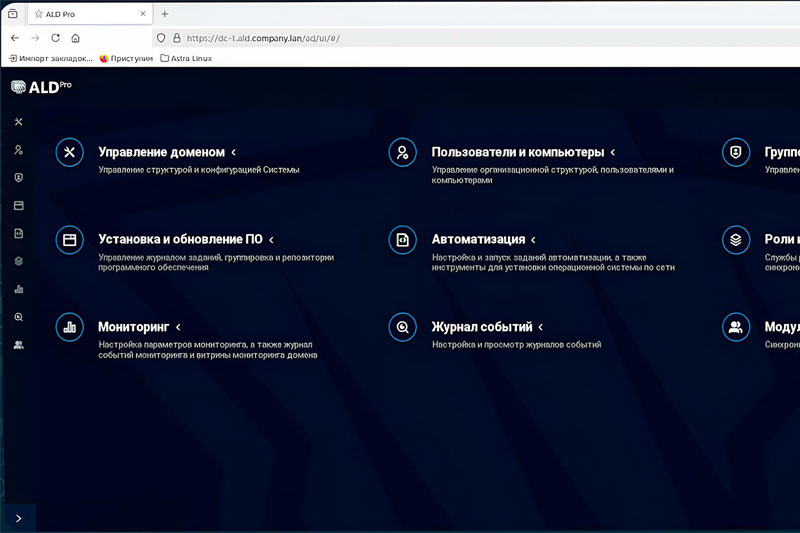by Vladimir Mitin
The impetuous expansion of the World Wide Web, communication channels’ capacity growth, as well as increase in PC’s computing power offer PC users new, unprecedented opportunities.
Last autumn a presentation of the new Scientific and Tutorial Internet Center named Moscow Kremlin (www.kreml.ru) took place at the conference hall of the Moscow Armory Chamber Museum. Creation of the Center is the first step in carrying out the program called “Moscow - a City of Museums“. The program covers 132 capital’s museums and is, in its turn, a part of a global information project, “World Cultural Inheritance Inside Your Home Computer”, which is realized under the aegis of UNESCO.
The project’s goal is to allow PC users connected to the “World Wide Web“ not only to browse through two-dimensional reproductions of painting or sculpture masterpieces, read ancient folios, and listen to old music, but also to go on virtual tours to the most famous historical places all over the world. In doing so, the user can move in space; turn right and left; look up and down, approach some objects to examine details or, to the contrary, recede to enjoy a panorama as a whole.
Moreover, virtual museums are expected to be organized. Let us assume that we are interested in history of cold steel, women clothing, or devices for accelerated counting. browsing throuogh appropriate virtual museum, one can survey the most interesting expositions from organized on temporal, geographical or topical basis. These expositions, displayed or stored, are related to 552 objects of world cultural inheritance listed in the UNESCO list. by the way, 11 of these expositions are in Russia, including Moscow Kremlin and Red Square which form a single State historical and cultural museum-sanctuary called "Moscow Kremlin".
The Kremlin uniqueness lies not only in the fact that it is the residency of RF President and his administration. That’s what Irina Rodimtseva, Director of Moscow Kremlin museum-sanctuary and President of Russian Committee with the International Museum Council, has told me during a private talk: "Though about 3,000,000 of well-to-do tourists visit the place annually, the world-famous complex is unprofitable. As a matter of fact, the museums all over the world survive not so much as due to entry tickets or excursions but because of deductions from sales of various souvenirs and catalogues protected by museum copyright. However, our famous trade mark yields essentially no profit. Earlier, the entire income from sales of the articles with museum symbols belonged to the State which, in its turn, maintained Kremlin funds in proper order. Now, we get actually only 10 percent of funds allocated to maintain the museum and carry out restoration work".
How come that under these conditions Moscow Kremlin Internet Center could be created? The center is provided with an Internet site based on Intel computer and network equipment (ES510TEU switch, ES500MSX module, 910bEU Express Router, PWLA8490 server adapter, PRO/100+ and PCI PILA8460 adapters) as well as with a fast internal LAN based on Sun Enterprise 3000 server. Of course, the Government was in the know of all events but did not spend a pence. The center was created owing to sponsors who are concerned about Russian people joining the new information technologies and who think beyond a primitive one-minute profit. Total sum of sponsor support (from 10 organizations) amounted to $280,000.
The Internet Center occupies several rooms with a total area of 150 sq. m. The center was opened for public in January, 1999. It is planned to issue 9-Gbite DVD-ROM titled "Moscow - a City of Museums". A number of Russian PC manufacturers are going to bundle their computers with a demo CD-ROM of the same name. The disk has been prepared by Interactive Video Company, and it contains information on the most interesting exhibits from 12 Moscow museums.
Alexander Dremailov, Head of Information Systems Department with the Moscow Kremlin State historical and cultural museum, noted that "high-quality panoramic interactive presentation of museum objects on home PCs became possible in April, 1998, after Pentium II-400-based computers emerged. It is not possible to achieve a sufficient frame rate for moving 3-D images on the machines with a lower power".
Moscow Kremlin Internet Center, telephone: +7-095-203-8125
E-mail : dream@kremlin.museum.ru
























